
Gostiny Dvor Polotsk, a hotel complex not far from Polotsk with an exquisite modern design, offering national and European cuisines, gives tourists a warm welcome.
Polotsk is the most ancient city in Belarus. Having visited it once, you can’t help but grow fond of this unique city - the cradle of the Belarusian statehood. Shrines, parks, museums will allow nobody to stay indifferent!

Gostiny Dvor Polotsk, a hotel complex not far from Polotsk with an exquisite modern design, offering national and European cuisines, gives tourists a warm welcome.
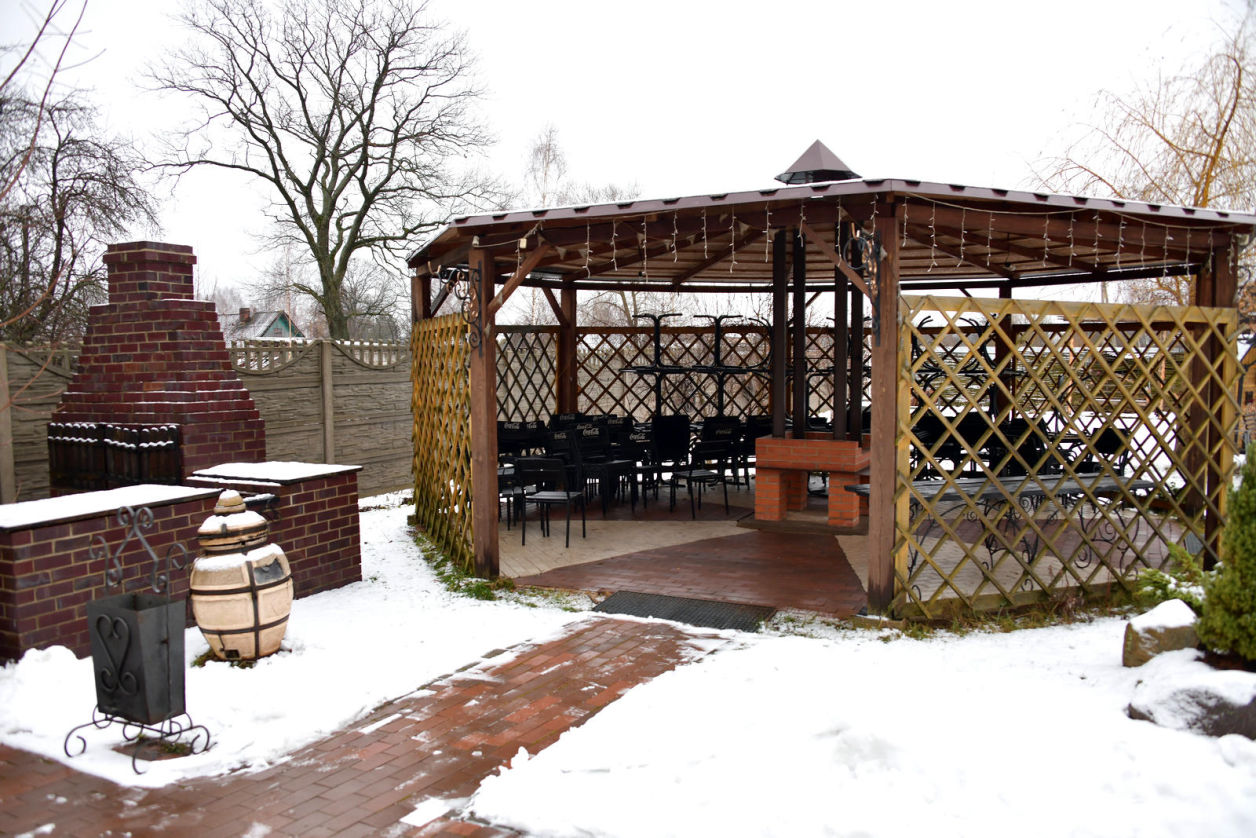
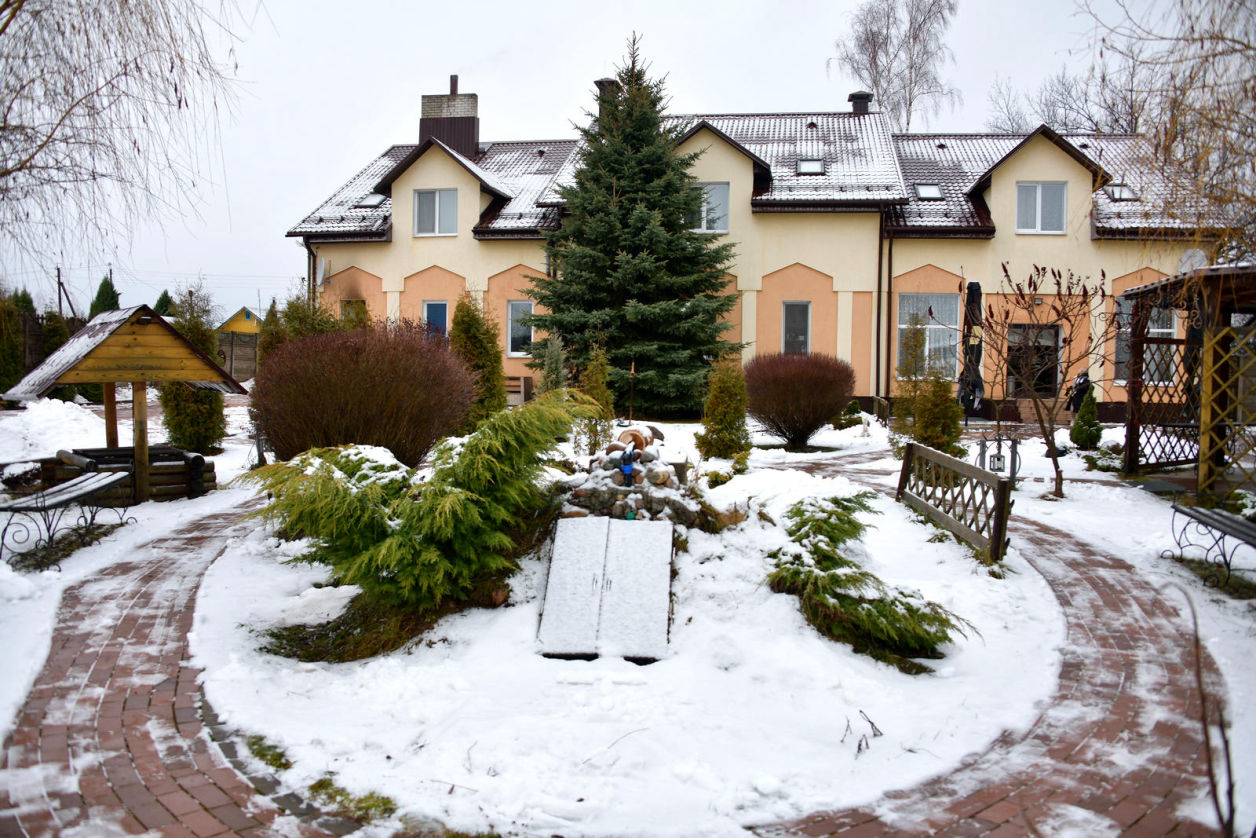
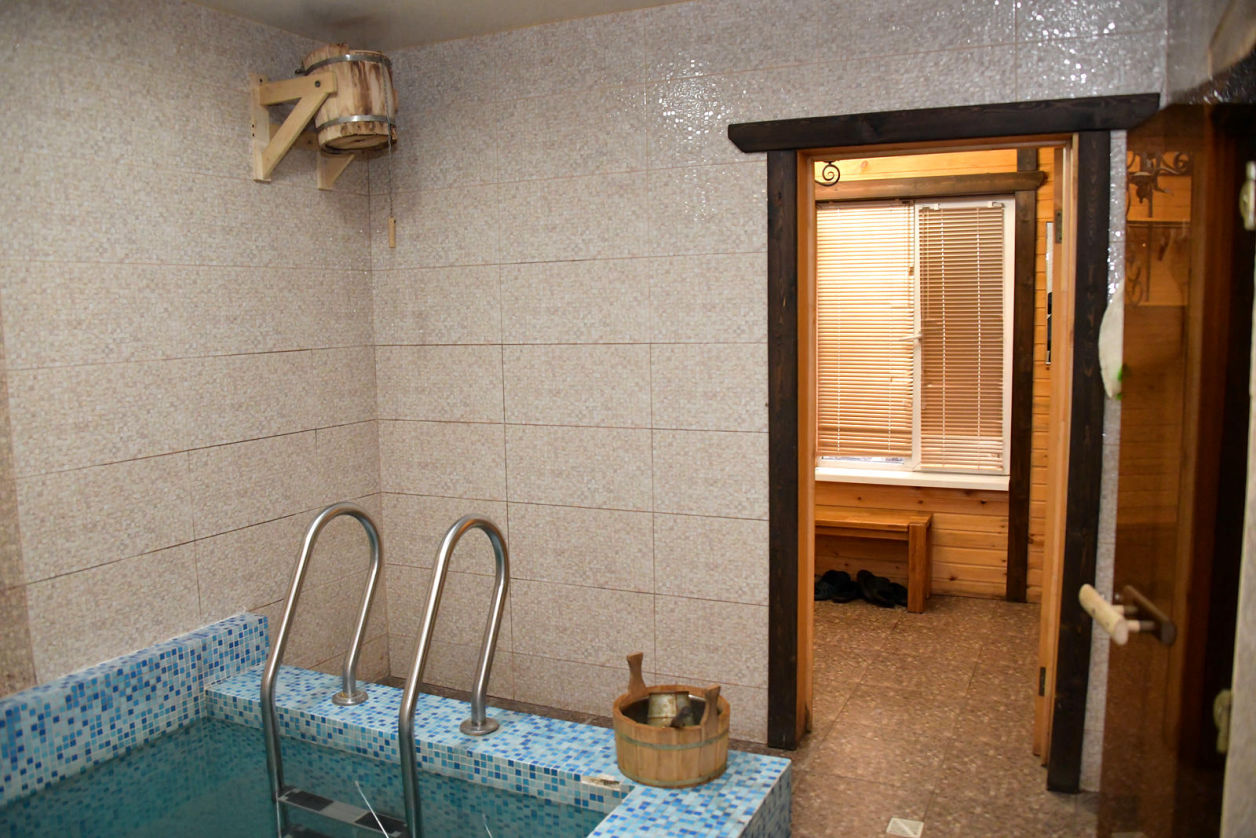

A comfortable hotel is located on the second floor of the complex. Each room is fitted with a TV, a kettle and a bathroom, while the luxury suites have a hot tub.


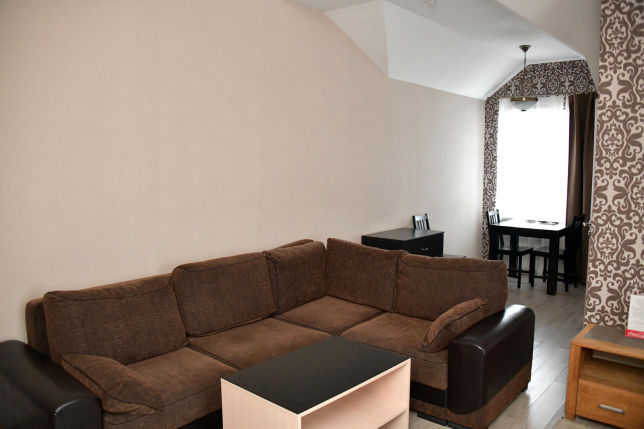

Expositions of 11 museums talk about the centuries-old history and rich culture of Polotsk and are part of the National Polotsk Historical and Cultural Museum-Reserve.
One of the largest museums in the reserve is the Art Gallery (total area - 1000 sq. m). This is an art complex displaying the fine arts of Belarus from the 11th century to the present day.
The static exhibition “Mural Painting of the 12th - 19th centuries of the Transfiguration Church in Polotsk” was opened in 2013 and presents three interiors of the Church at the same time: fresco painting of the 12th century and oil paintings of 1837 and 1885.
This technique was developed in 2008 - 2009 by Moscow specialists under the guidance of fine art restorer V. Sarabyanov, Chief Art Expert of the Interregional Directorate for Scientific and Artistic Restoration of the Culture Ministry of Russia. In 2009, Belarusian fine art restorers under the leadership of Y. Malinovsky also set to work. The method used by the restorers made it possible not only to divide mural painting into layers but also to museumify it.
The items on display include artefacts of the 12th century. One of the most interesting items displayed is a fragment of the plinth of the temple-tomb of the Spaso-Euphrosyne monastery depicting the construction drawing of this temple. This artefact indicates that construction drawings appeared on our lands not in the 16th (as previously assumed), but in the 12th century.


The Fresco interactive project, which is run directly in the exposition, in a simulated workshop of a fresco artist, allows you to take part in the amazing process of creating a fresco.
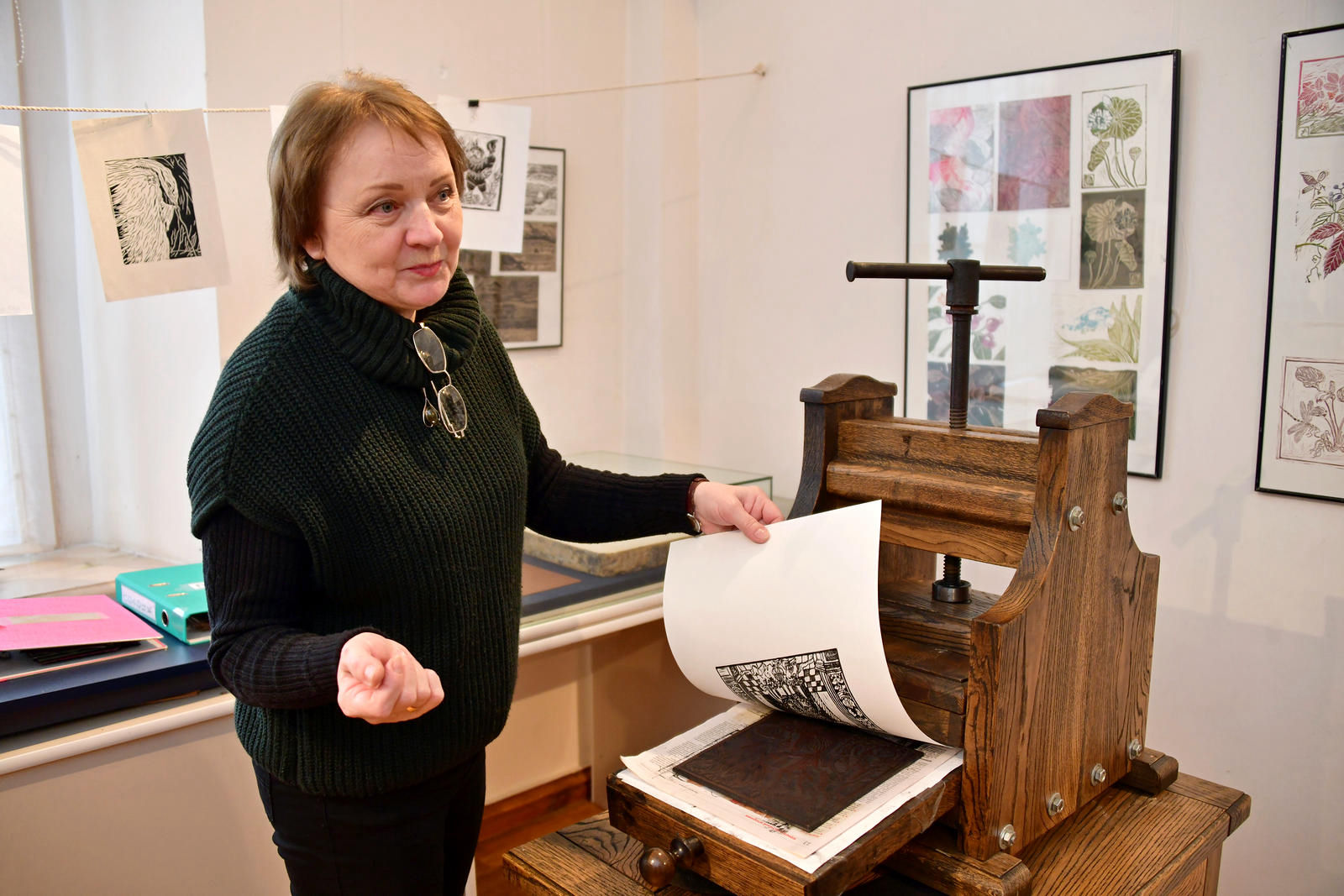
In the Art Gallery, tourists are offered to make a replica of any work of art they like from the museum’s exposition with their own hands, and in the engraving workshop there is an opportunity to work on an analogue of a 17th-century printing press and take away your own work or a copy of one of the engravings of Francysk Skaryna as a keepsake.

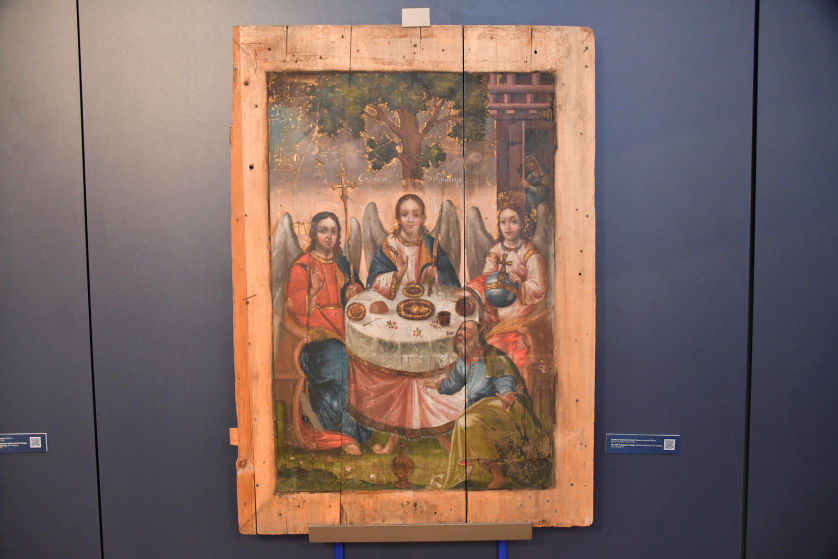

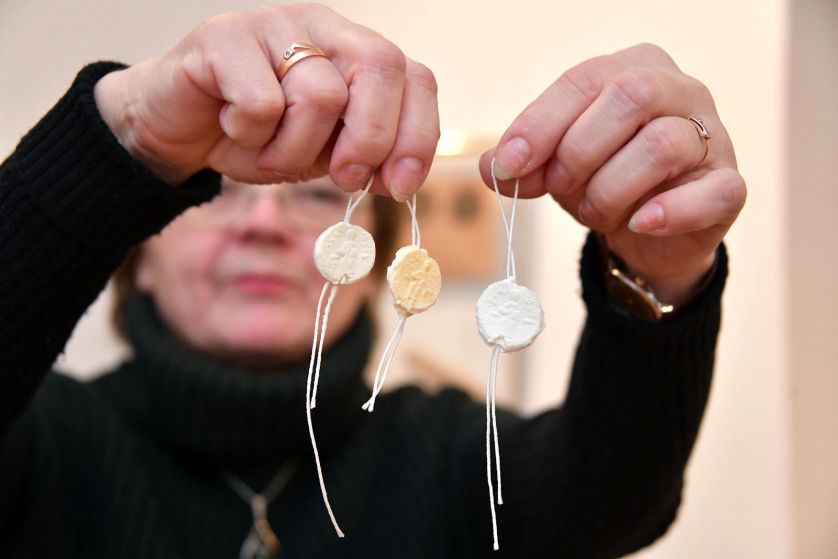
There is one more place in Polotsk that both adults and children will appreciate - this is the only Children’s Museum in Belarus.
Why Children’s? The bright, modern space of three exhibition halls forms a special, and committed attitude to a variety of items, which allows a child to learn about the world around him/her. The exposition of the Children’s Museum provides answers to numerous children’s “why?” about time, space, sounds, photographs - in a word, about everything. And items from different collections will help in this: watches, scales, arched bells, cameras, samovars, stamps, etc...

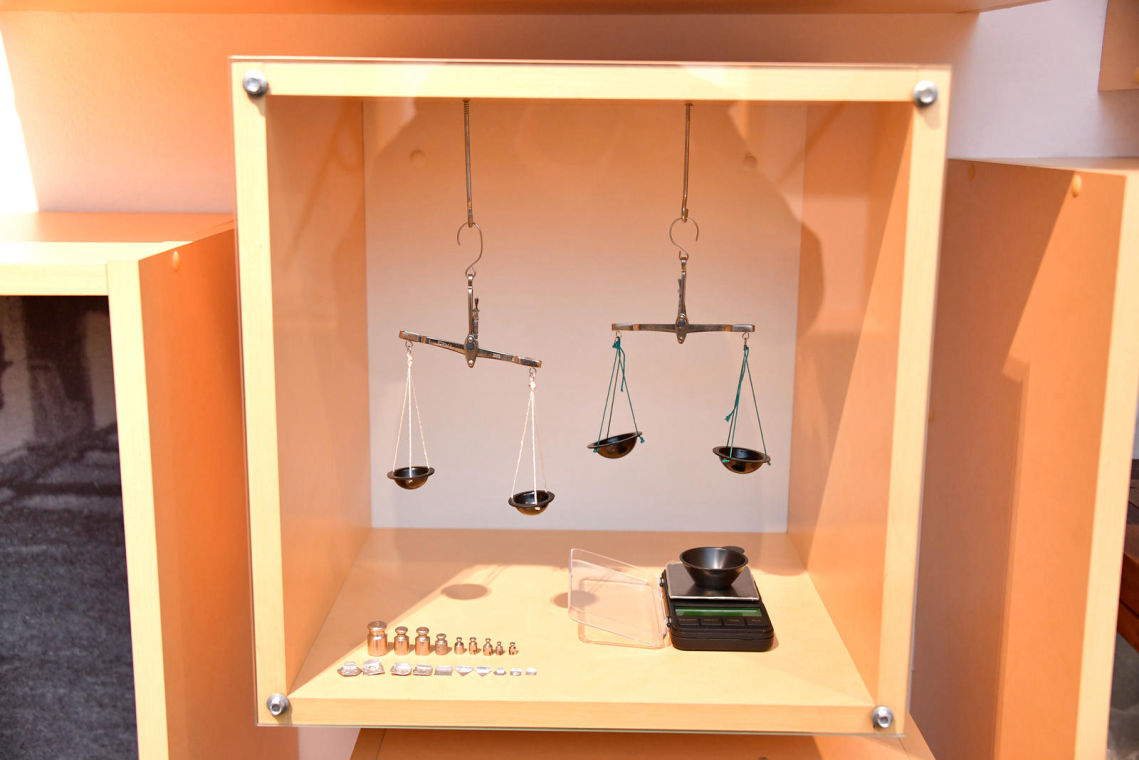


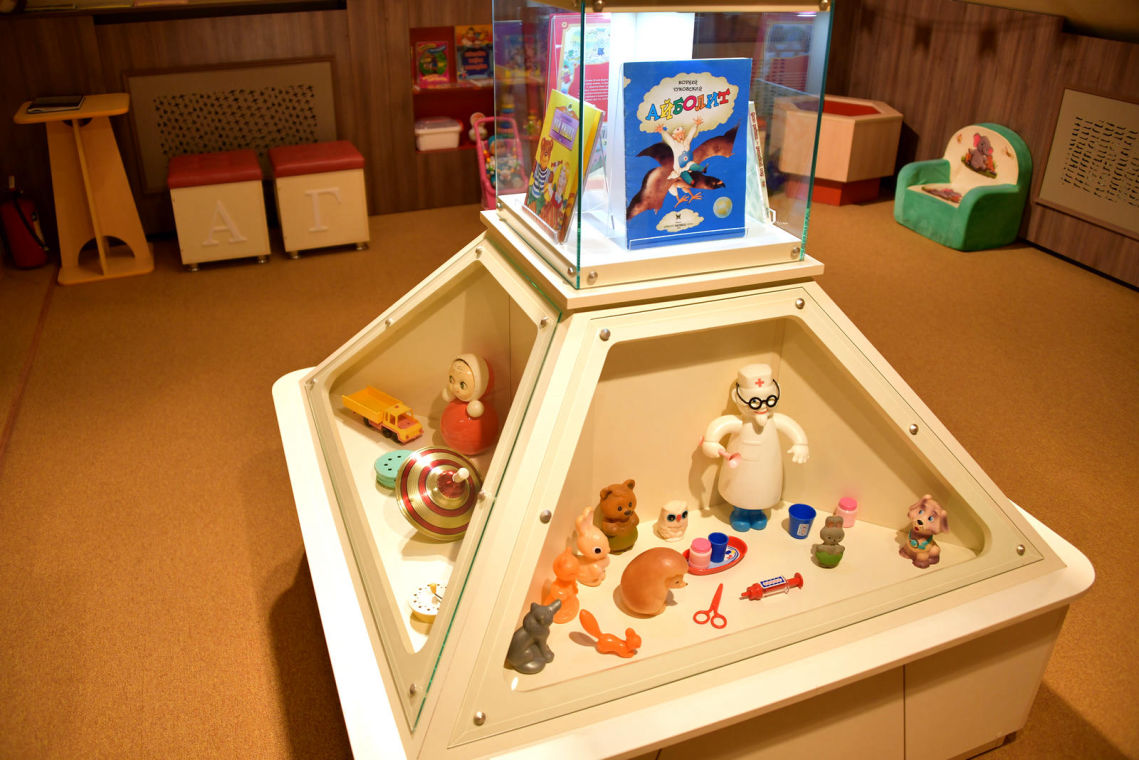
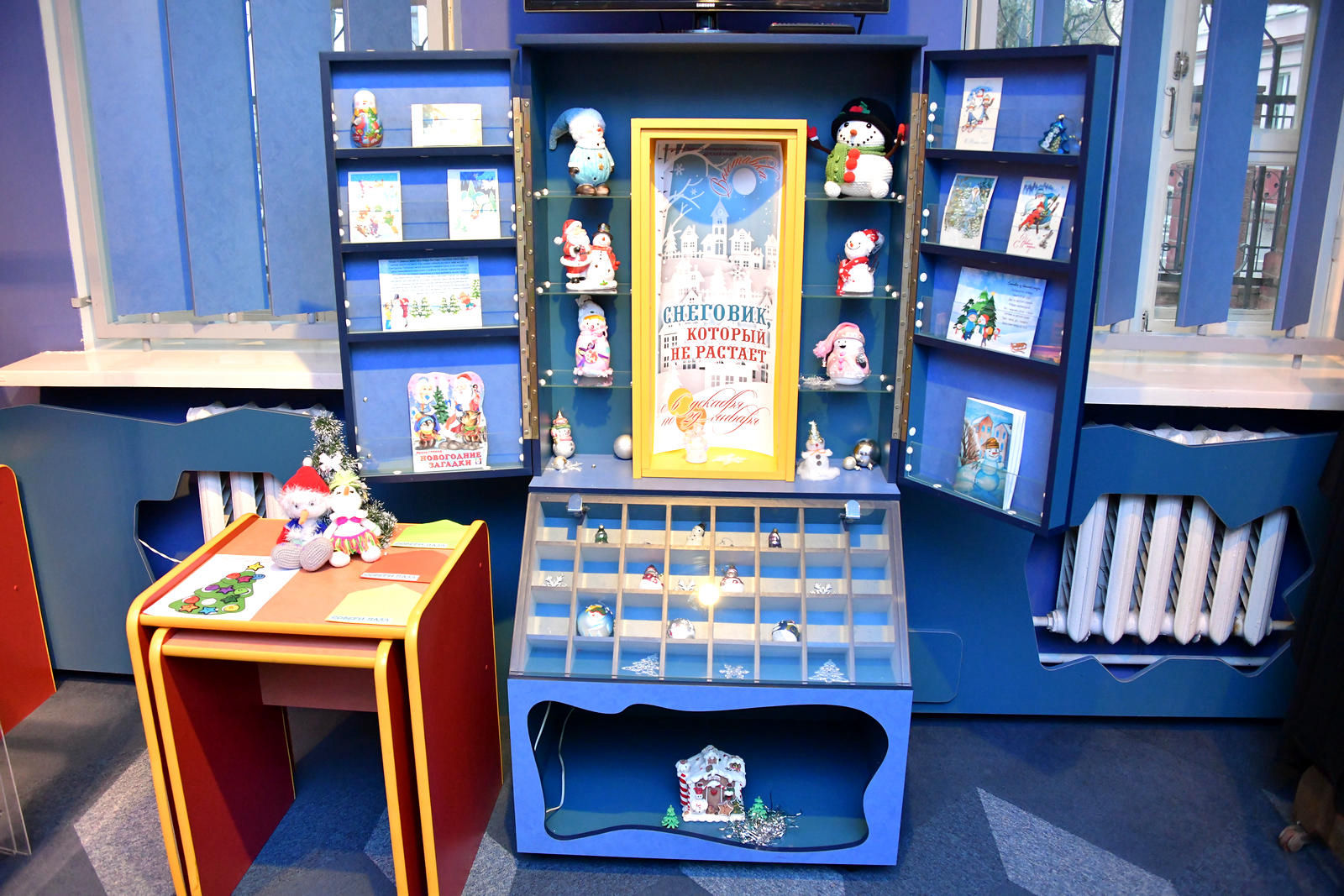
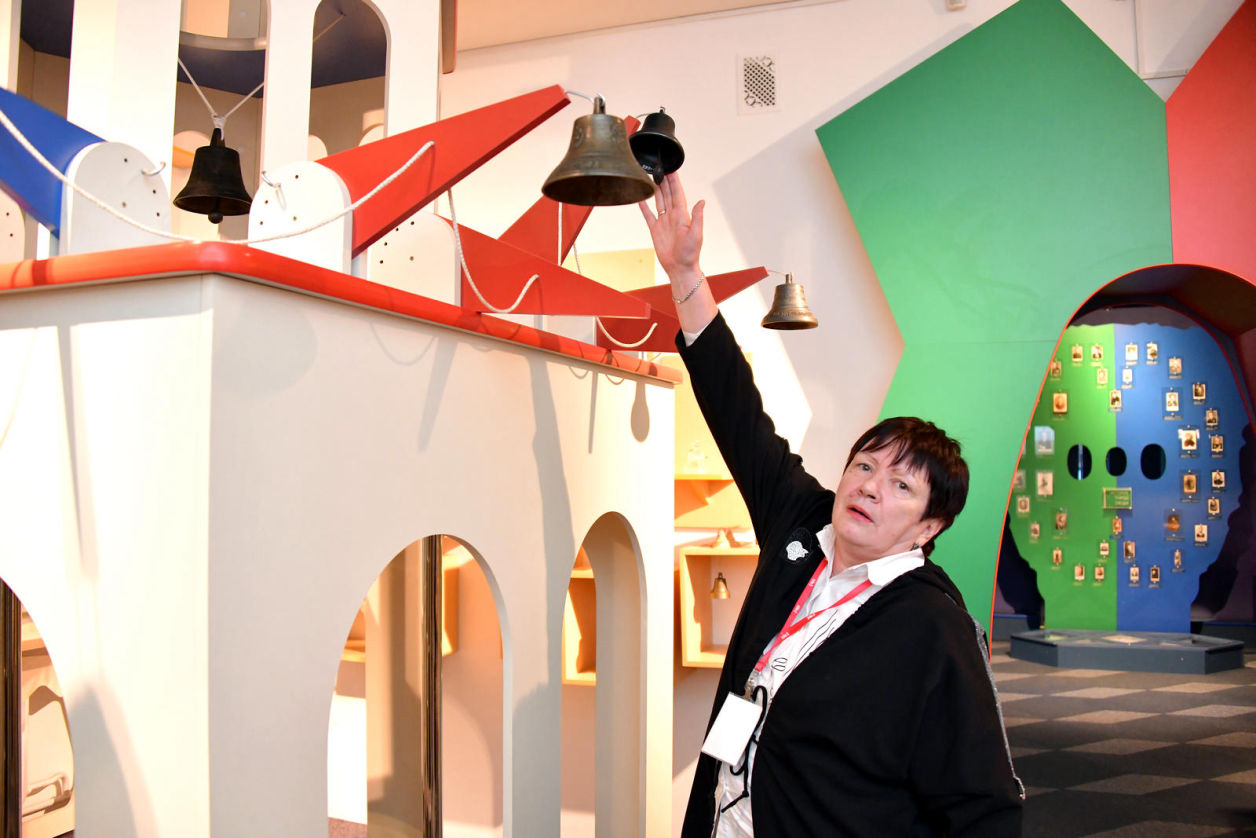
Thematic exposition “Journey with a bookmark” is dedicated to children’s books and toys. “Here the book is side by side with an item understandable and necessary for a child - a toy. Visitors have the opportunity to flip through a book, solve riddles, and assemble a pyramid,” Tatyana Smirnova, head of the Children’s Museum, says.




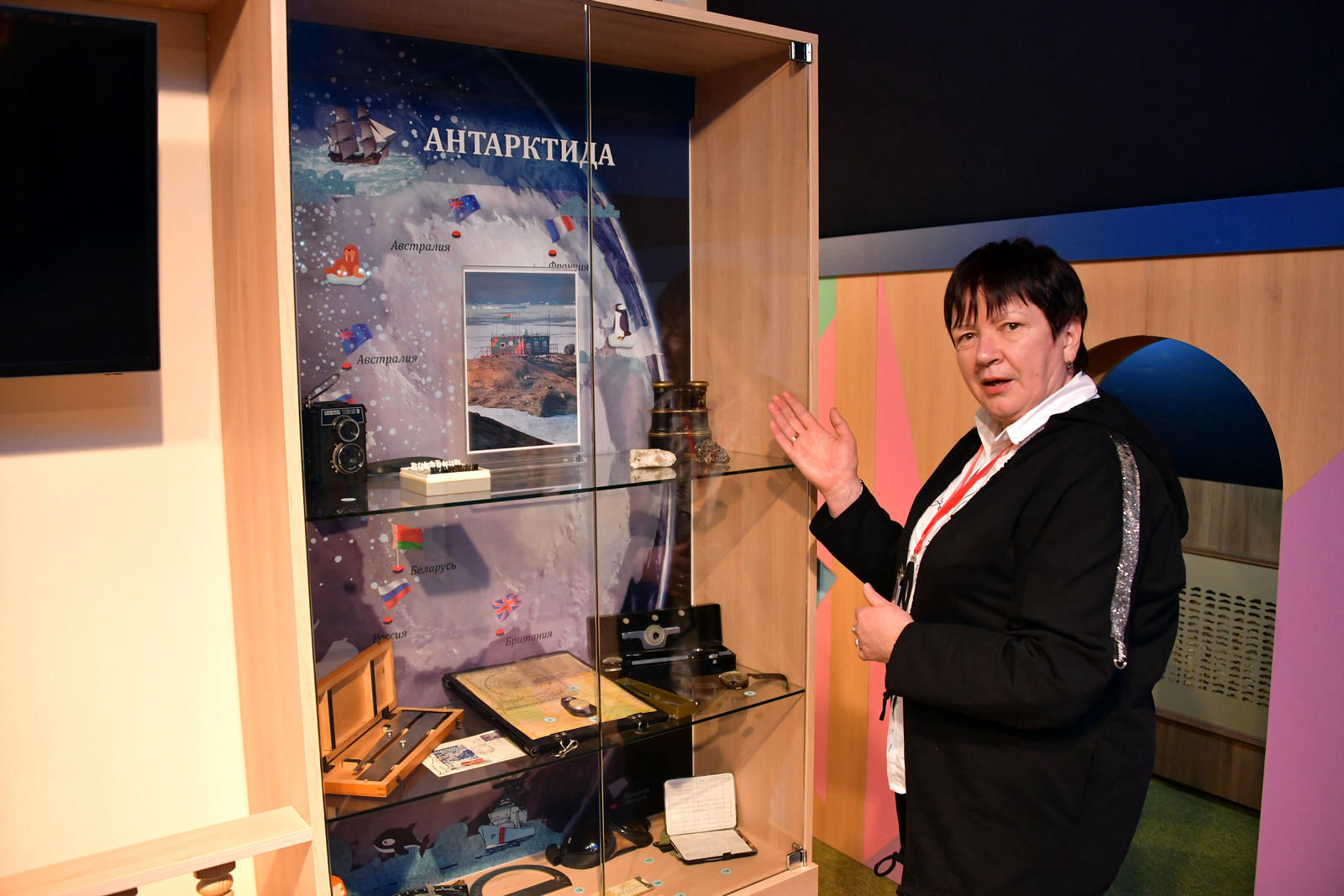
In the “Adventures and Trips” exposition, children will learn about the Age of Discovery, the mysterious Antarctic and residents of Polotsk - members of the Soviet expeditions to the Antarctic.
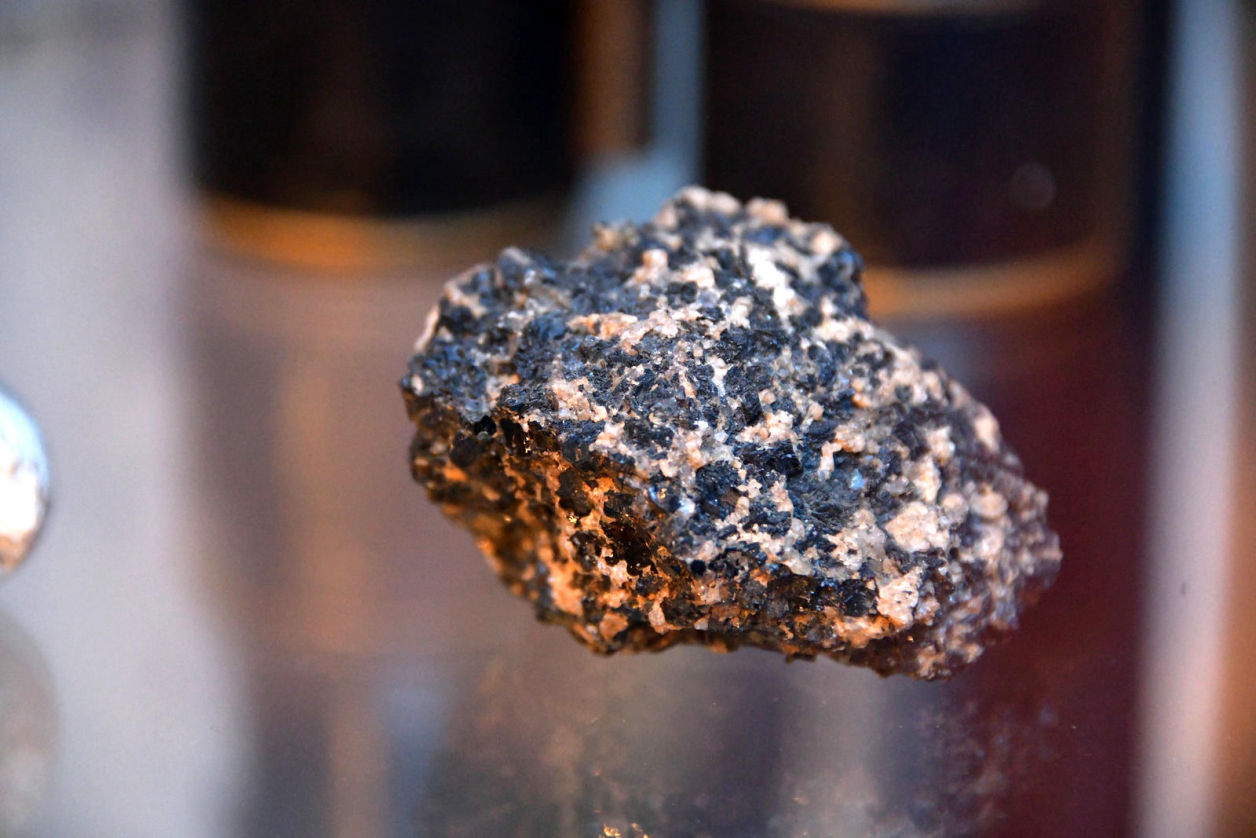
Here you can see the personal belongings of Vladimir Shumeiko, a member of the 29th Soviet Antarctic Expedition, as well as a unique exhibit - a piece of the Antarctic - a real enderbite. This is the name of the rock, first found on Enderby Land - part of the territory of the East Antarctic. Scientists hold that enderbites are the most ancient rocks preserved on our planet. They are about 4 billion years old!
The buildings of the former Polotsk Jesuit Collegium housed the building of the Euphrosyne Polotskaya State University of Polotsk.



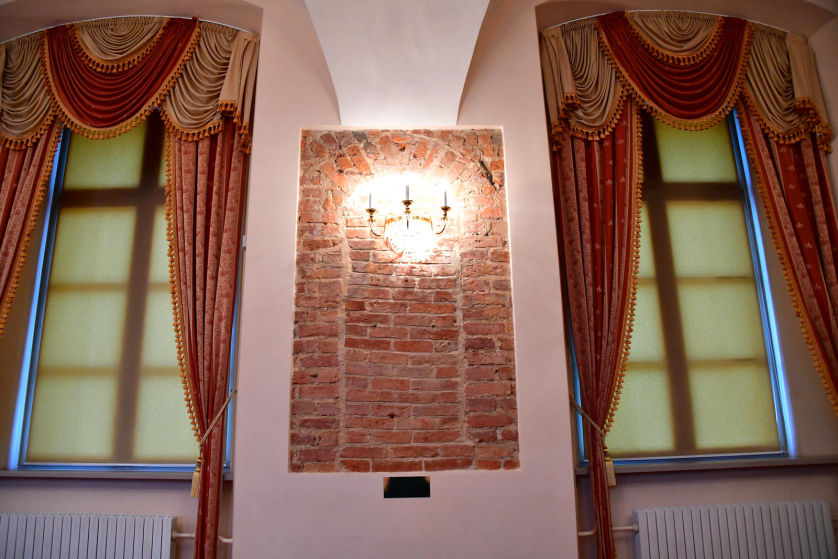
The university is known for its traditions and attractions. For example, the sculpture of a student greeting everyone right at the entrance is the talisman of current students. There is a belief that there will be no questions with the successful passing of exams if, before the session, you go around the figure clockwise and touch the scrolls in its hands.
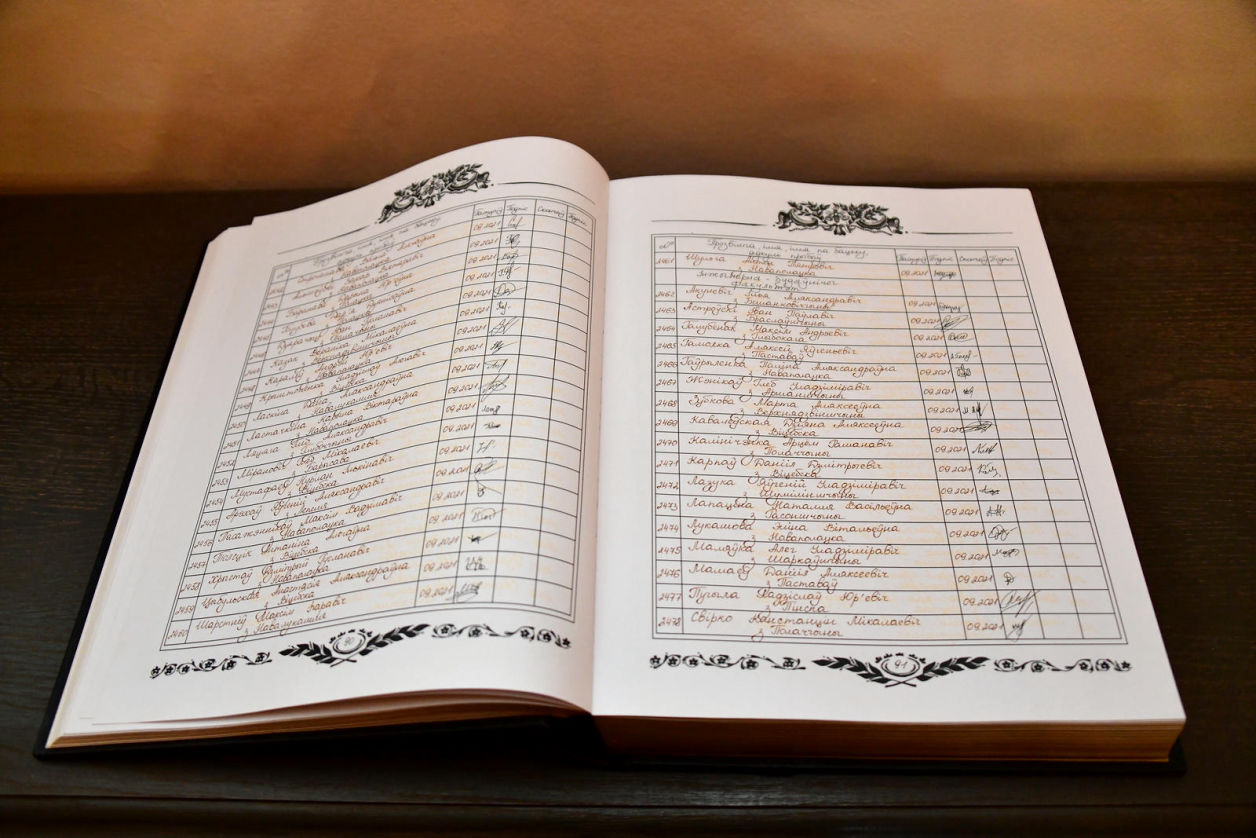
There is another unusual tradition that is connected with the Rector’s Entrance. It is here that the rector welcomes new students every autumn. By the way, students pass through this entrance only twice - as freshmen (and they also write their names in a special book) and then as graduates, leaving their alma mater.
What stands out at the entrance to the university is massive vaults, the old masonry, which is bare in some places, the original cast-iron staircase, worn out by thousands of feet - all this creates a unique atmosphere. The best way to get acquainted with the great history of the educational institution is to contact the tourist center of Polotsk State University.

The Polotsk Collegium is really a storehouse of discoveries for tourists: a self-playing piano, an atmospheric library, an art gallery in the courtyard. Have you, for example, known that there is a talking mechanical head within these walls, which is unrivaled throughout the world?! The sage answers questions, gives instructions and wishes. The elder has been created in the image of the ancient Greek philosopher Socrates and is prone to deep reflection, but at the same time it has a wonderful sense of humour. Yes, a memorial plaque in honour of the author of the amazing mechanism, the most famous scientist, engineer, architect, artist, astronomer, doctor of medicine of that time, Gabriel Gruber, can be found in the university courtyard.
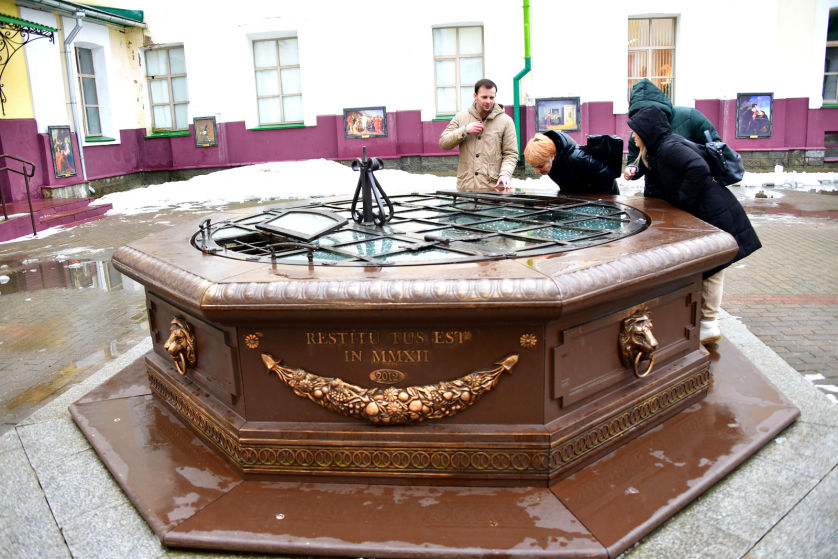



Today, industrial tourism is gaining popularity all over the world. Vivid examples of industrial tourism in the Polotsk area are the Polotskvodokanal branch of Vitebskoblvodokanal UE and Polotsk-Steklovolokno JSC.

As for the first enterprise, a museum exposition has been created here. The documents, photographs, old equipment, well hatches displayed tell the story of the emergence and development of the water supply system in Polotsk.



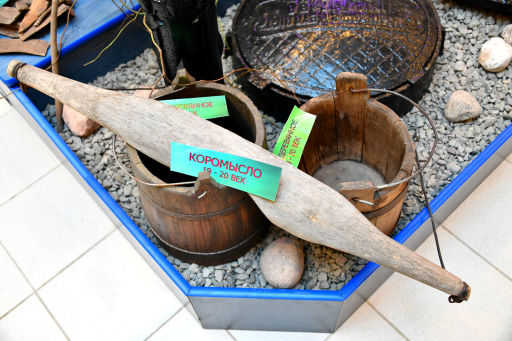
According to Lilia Mandzhulina, the head of the water treatment plant, there are still gaps in the history of the formation of the Polotsk city water pipeline due to the lack of supporting documents. In the meantime, the archival document found on the characteristics of the Polotsk city water pipeline, signed by the director Mikhail Sergeenko, has been accepted as the basis for recognizing November 1928 as the date of the enterprise establishment.
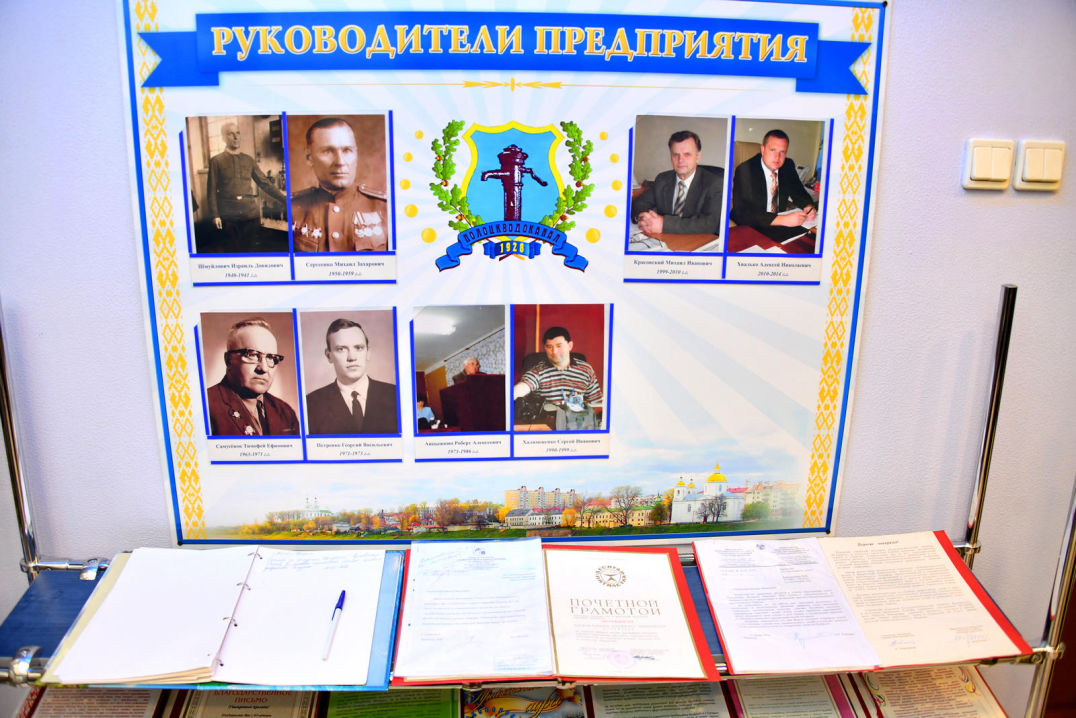
The museum exposition contains documents related to the activities of the enterprise in 1940-1941. 43 people including a crossing keeper, a digger, and a cartman, were on the list of workers and employees of the Polotsk city water pipeline at that time.
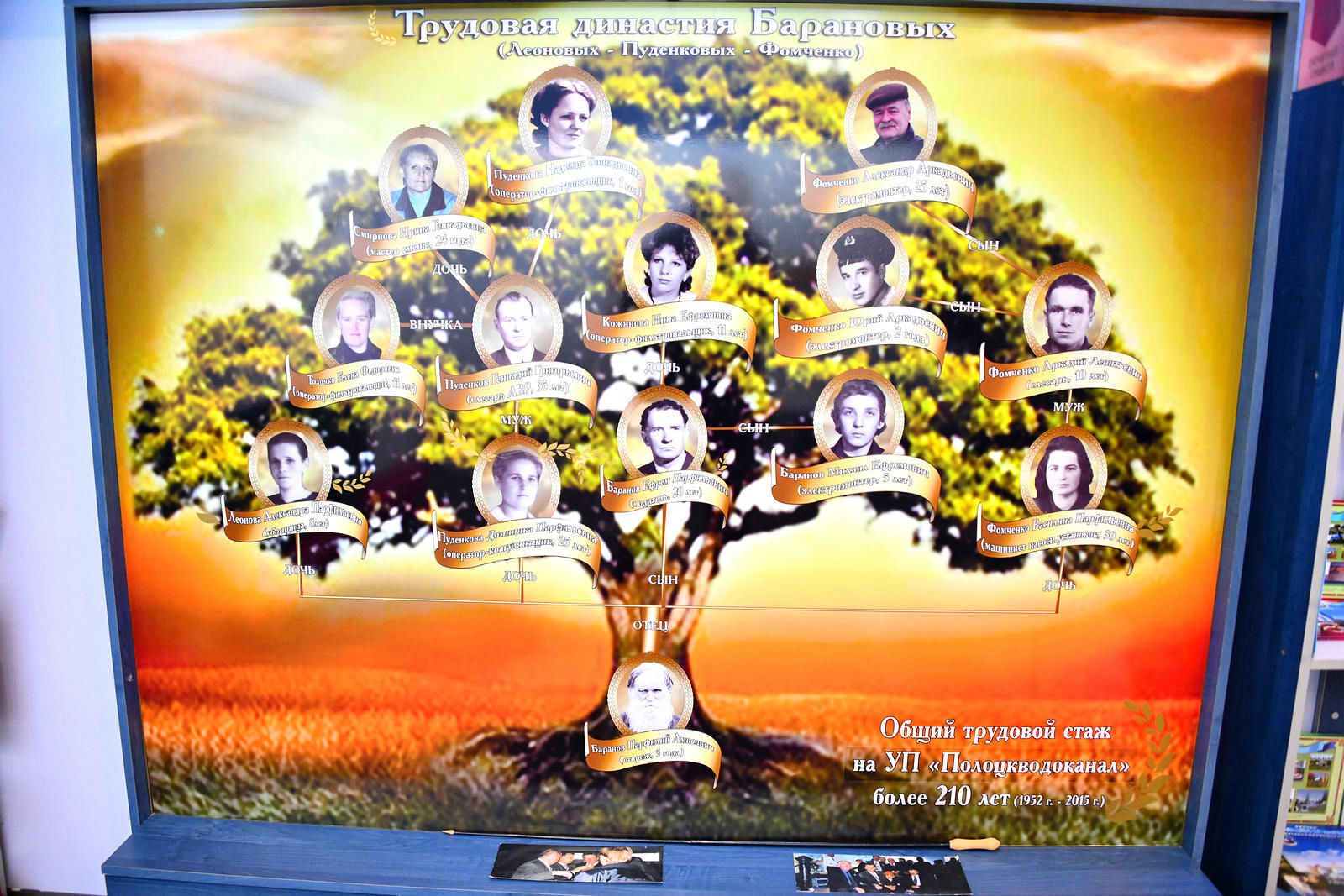
- During our excursions, we talk not only about the need to save water, but also about the people who previously worked at Polotskvodokanal, about its management, from the war years to the present day,” Lilia Mandzhulina said. – Our pride is a family who has worked here in total for more than 220 years. Two representatives from this family are still working at the enterprise.”
The excursion to the Polotskvodokanal includes a visit to the water treatment complex, where you can find out the waterway from artesian wells to a consumer’s tap, a labour protection training ground for training personnel in safe ways of doing work, a control panel (control room) and a production laboratory, where visitors are demonstrated the process of measurement of certain water quality indicators.




You can get acquainted with the production processes and unique samples at Polotsk-Steklovolokno JSC. It has to be said that today it is the only one in Belarus and one of the leading manufacturers of fiberglass and its products in Europe.
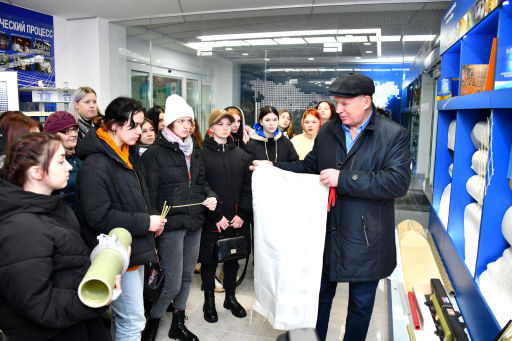
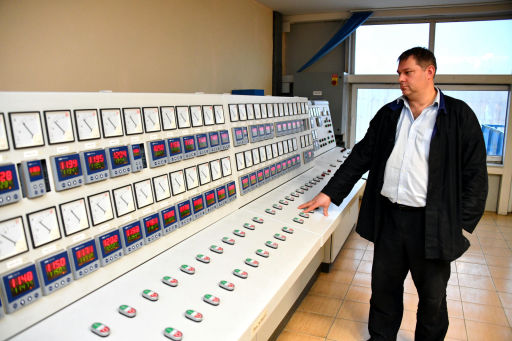


The company, by the way, offers excursions in six fields. So, after visiting the museum of the history of the plant, the visitors get into the workshop, where they go hot in the truest sense of the word. Glass mass is melted in huge furnaces, and its temperature, as a matter of fact, reaches 1600 degrees. But do not worry, experts observe the instrument readings in an air-conditioned room. They say that any voltage drop is fraught with huge losses. In other workshops, you can find out how fiberglass thread and then glass fabric is obtained from fiberglass, and what they do with it.
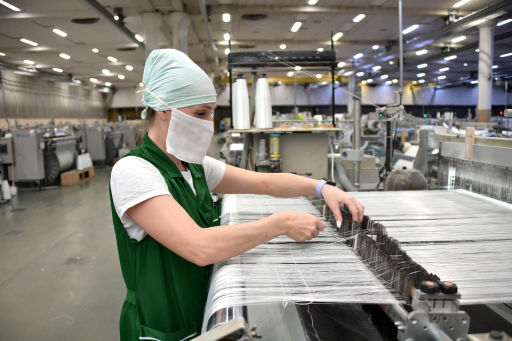



There is a place in the Polotsk region where tragedy, pain, human losses brought by the Great Patriotic War are set in granite and bronze - the Urochishche Peski memorial complex.
Before the war, here, on the right bank of Polota, there was the territory of the military camp of the 15th rifle regiment of the 5th Czechoslovak Proletarian Vitebsk Rifle Division. In the summer of 1941, the invaders set up a transit camp for prisoners of war on this site, in which up to 200 people died every day. The bodies of executed members of underground organizations, partisans and civilians were also brought here. The deceased and the dead were buried at the former shooting range. According to researchers, more than 40 thousand Soviet citizens were buried in the Urochishche Peski, including those whose remains were extracted and burnt.



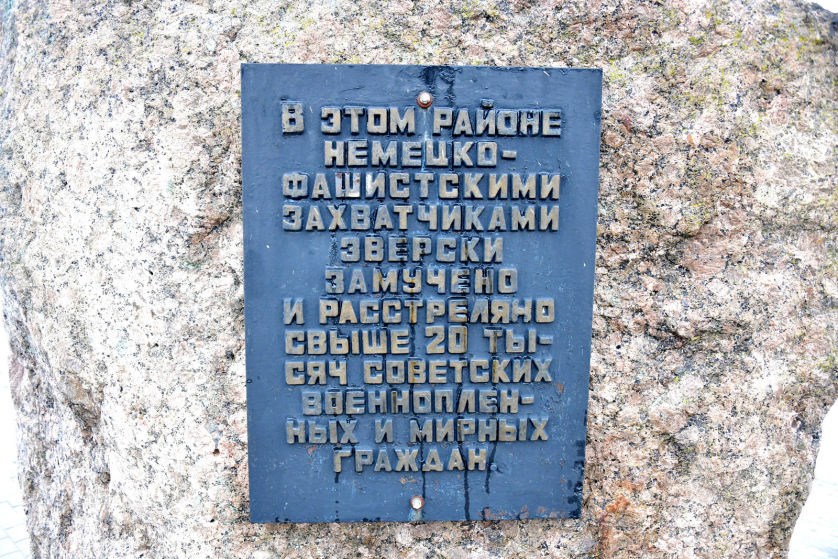
The entrance to the memorial complex is a kind of portal that draws an invisible line between life and death. To the left, there is an elegant snow-white chapel. To the right, there are mass graves. A memorial wall with the names of those victims who were identified, as well as symbols of various faiths and religions - Orthodoxy, Catholicism, Judaism and Islam, is opposite the entrance. There are representatives of each of these religions among the buried.
Religious tourism is central to the Polotsk area. Snow-white Sofia is, for sure, one of the main crown jewels not only of the ancient city, but of the whole of Belarus. But we went to another temple, less known, but very important, - the Epiphany Cathedral.
It is in the Epiphany Cathedral that there is kept a great shrine - the relics of the Belarusian saint, priestly martyr Konstantin Zhdanov, presbyter Sharkovshchinsky. It is noteworthy that Priest Konstantin became the first New Martyr of the 20th century, canonized in the Polotsk diocese.
As Deacon Ioannes noted in the conversation, few people know about Holy Father Konstantin, his life is not shrouded in legends, not decorated with folklore motifs, but his biography strike a chord in everyone.
“For many years, the inhabitants of Sharkovshchina petitioned for the canonization of their pastor, a gentle and humble priest, whose remains all this time were in Disna, Miory district, preserving the memory of his high edifying life and martyrdom,” Deacon Ioannes said. – In June 2011, Priest Konstantin Zhdanov was glorified as locally venerated Holy New Martyrs and Confessors of the Belarusian Orthodox Church. On the same day, the Divine Liturgy with the rite of canonization was celebrated in the Resurrection Church in the city of Disna. And in April 2020, the holy relics of Hieromartyr Konstantin, Presbyter Sharkovshchinsky, arrived in Polotsk.








You can talk about Polotsk endlessly: this is a truly holy place that will become like a honeypot for you over and over again. And every time, believe me, the ancient city will surprise you. Some tourists will be able to find peace here, others - inspiration, and some just enjoy the natural beauties and hospitality of Polotsk residents.
The project has been prepared by Ekaterina Lyakhovskaya.
Photo by Dmitry Osipov.
Video by Alexandra Khodyukova.
Web-desing by Chimkovsky Peter.
Designed with Mobirise bootstrap template